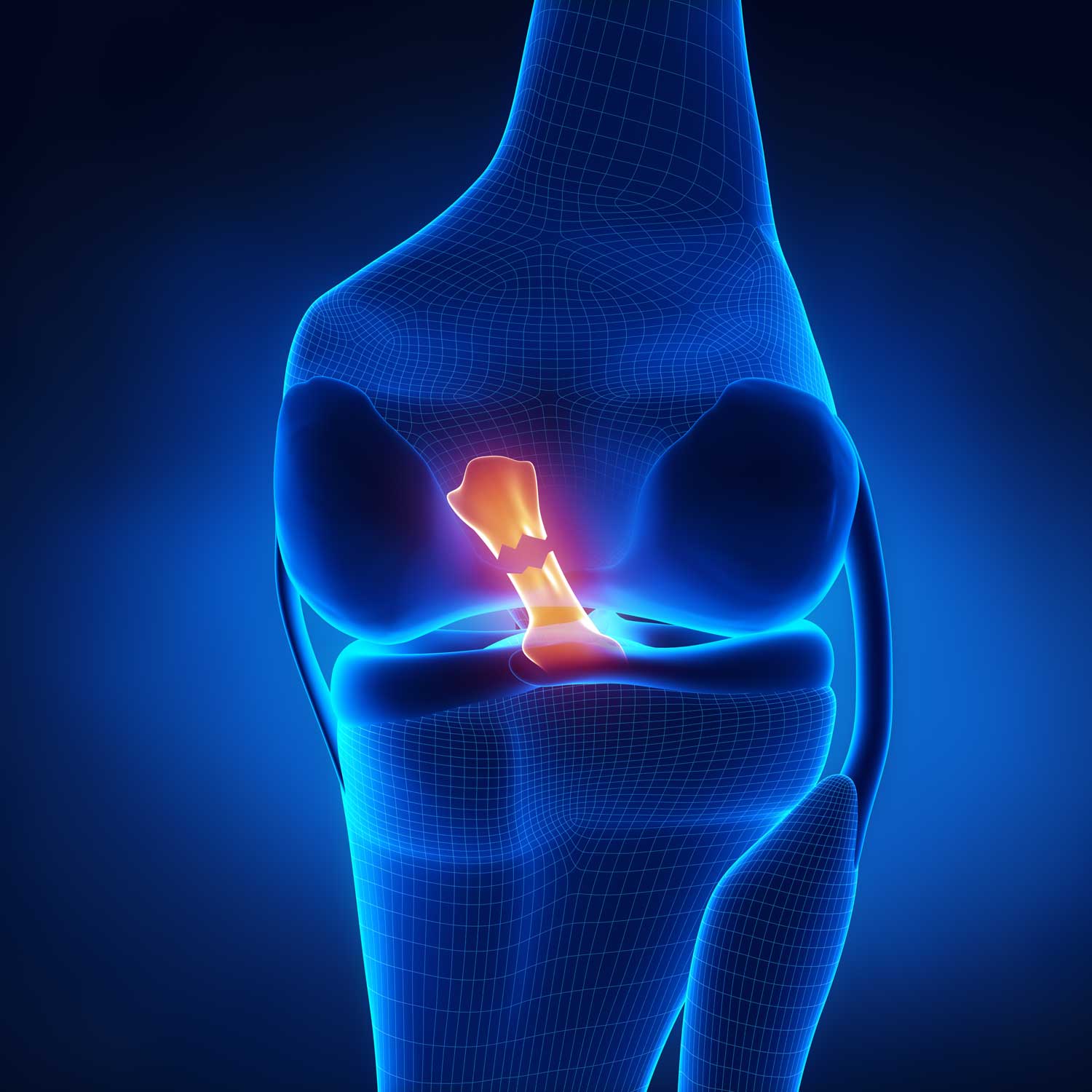 The initial focus of ACL reconstruction is focused on the surgery and the surgical technique. To achieve a successful outcome, it is crucial to individualize surgical techniques to the patient and injury pattern. But, obtaining a great outcome relies on much more than surgery. Having the right team of physical therapists, athletic trainers, and other healthcare providers can make or break a patient’s recovery. Thus, coordinating care between these individuals is crucial.
The initial focus of ACL reconstruction is focused on the surgery and the surgical technique. To achieve a successful outcome, it is crucial to individualize surgical techniques to the patient and injury pattern. But, obtaining a great outcome relies on much more than surgery. Having the right team of physical therapists, athletic trainers, and other healthcare providers can make or break a patient’s recovery. Thus, coordinating care between these individuals is crucial.
What is not often discussed is the biological events that occur before and after an ACL injury that impact a patient’s ability to fully recover. We asked Dr. Daggett about his recent research articles that impact a patient’s ability to recover from this injury, and some tricks and tips on improving more consistently and quickly.
WHAT IS ARTHROGENIC MUSCLE INHIBITION OR AMI?
AMI is the body’s response to an ACL injury. AMI focuses on the tear of the ACL and the symptoms such as swelling, pain, and limited range of motion that occur after it. Our research on AMI provides a comprehensive review of the incredibly complex changes your entire body undergoes following an ACL injury, especially the nervous system. It is amazing how an injury to the ACL immediately alters the connections in your brain. In the short term, this allows your body to compensate for the injury and stay mobile. However, long-term, it can significantly alter your movement and return to sport.
For example, the quadriceps muscle tends to weaken significantly immediately after an ACL injury. In this situation, when an ACL injury occurs, swelling in the joint signals the nerves in the knee, spinal cord, and brain to change the firing patterns for the muscles in the leg. This tends to lead to the activation of the hamstrings and the weakening of the quadriceps muscle. All these complex nerve changes occur secondary to the nerves in the knee realizing there has been a tear.



HOW DOES AMI RESEARCH IMPACT OUTCOMES AFTER AN ACL INJURY?
One common complication of ACL reconstruction is a limited range of motion, especially obtaining a fully straight knee. This is sometimes referred to as a “Cyclops lesion” or arthrofibrosis. Often, this occurs due to the body’s natural defenses put in place, as we described in the published research article on AMI. We have learned valuable ways to prevent this along the way from researching this.
HOW DO YOU PREVENT CYCLOPS LESION FROM OCCURRING?
The most important thing in preventing these issues is early physical therapy. Our patients start physical therapy the day after surgery. Physical therapists are such an important part of the team to improve an optimal result, and the small things we do in the first few days after surgery and injury are crucial for optimal long-term outcome. We start physical therapy before surgery, a process called “prehab” and then continue therapy immediately after surgery.
In addition to physical therapy, we developed a specific trick to obtain a fully straight knee after surgery that is both easy and incredibly effective. This technique we published focuses on fatiguing the hamstring tendons after surgery so that they relax and allow us to obtain a fully straight knee. Once straight, the quadriceps can then fire effectively. The weakening of the muscle is minimized, thus reducing your recovery and muscle loss. This technique is a complete game changer for my patients, and I encourage physicians and physical therapists to try it in their clinics to obtain a straight knee as soon as possible.





